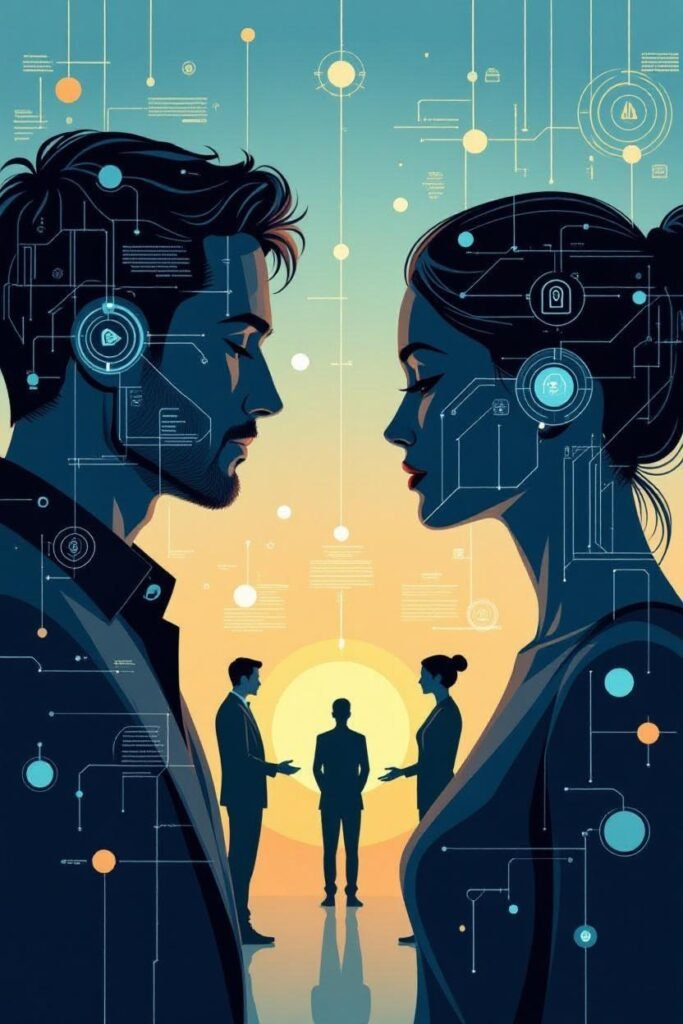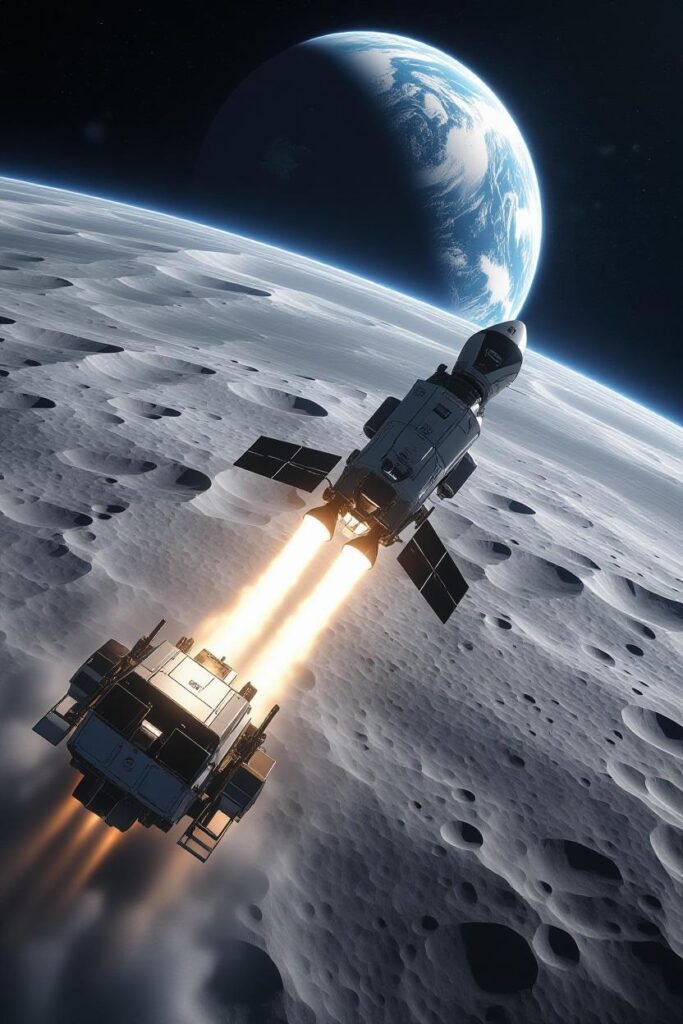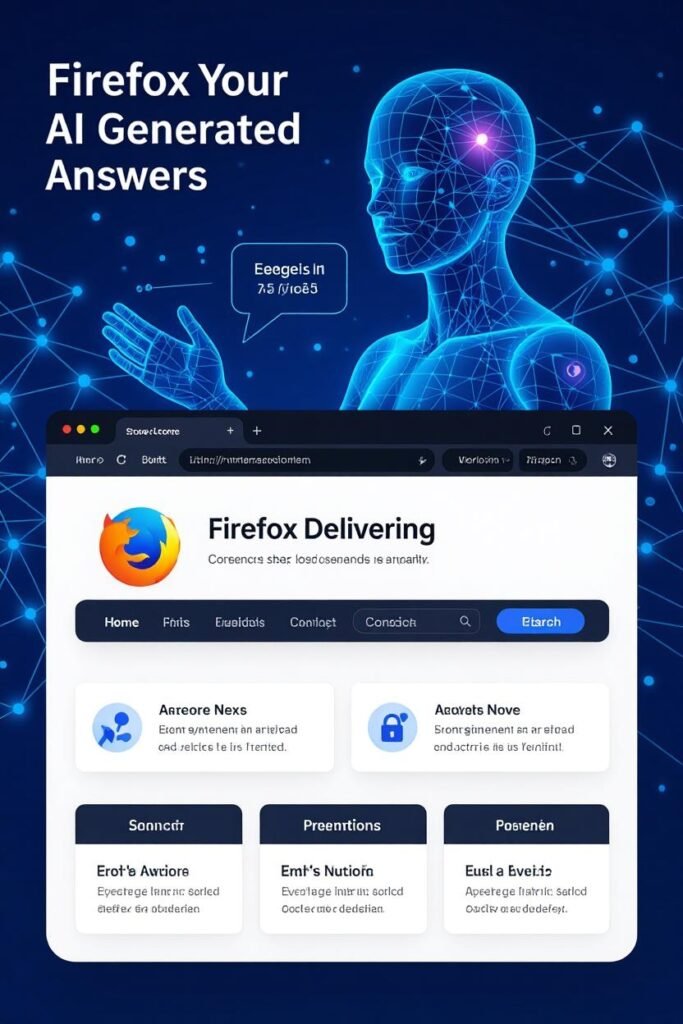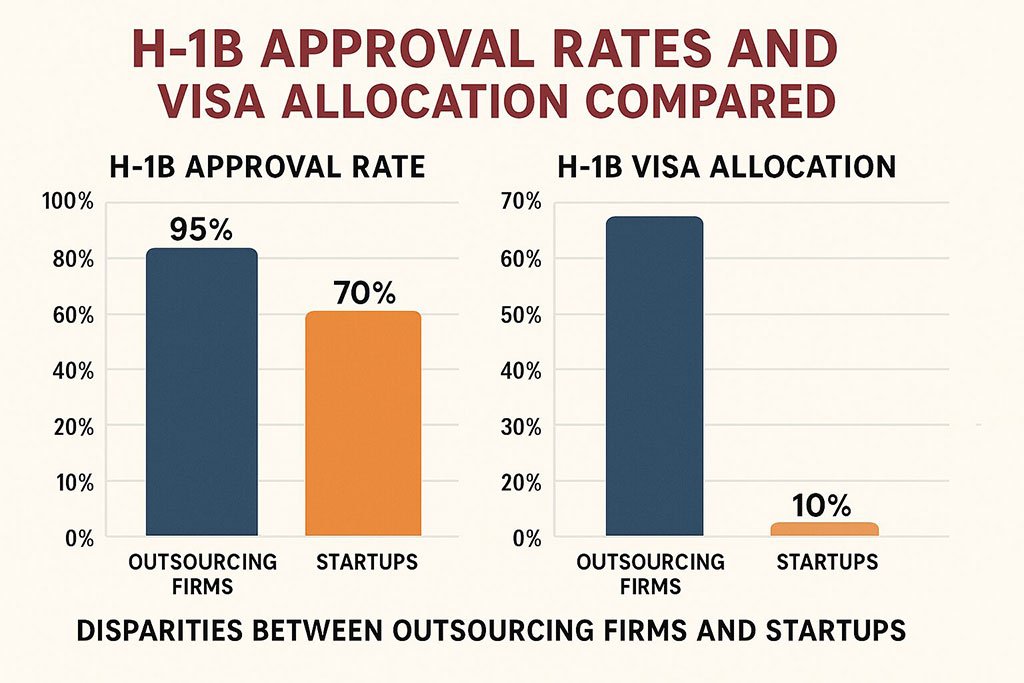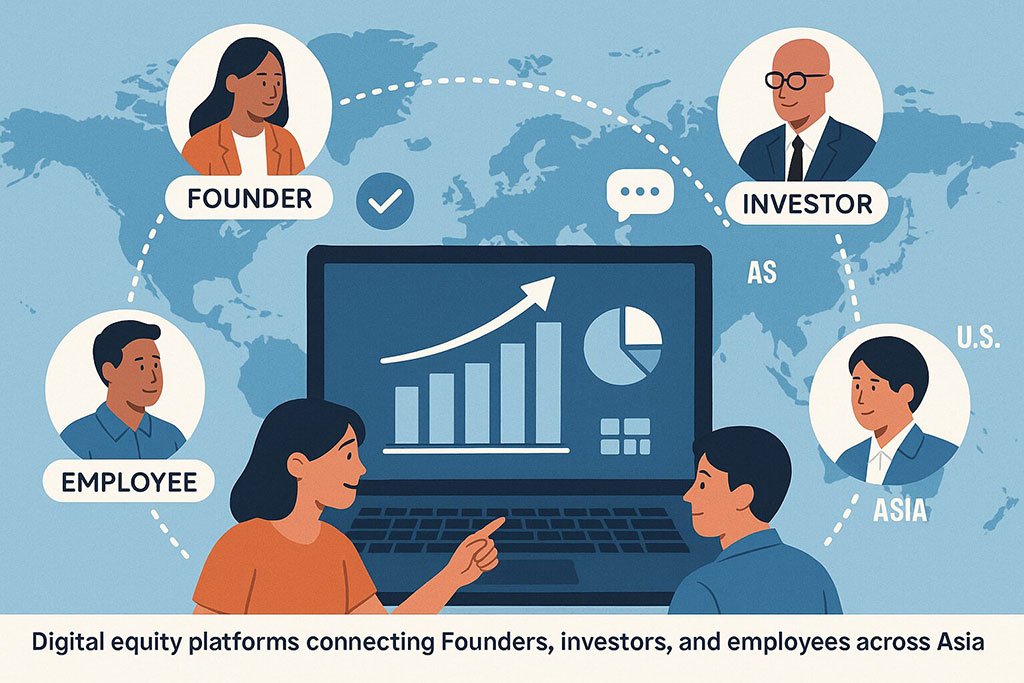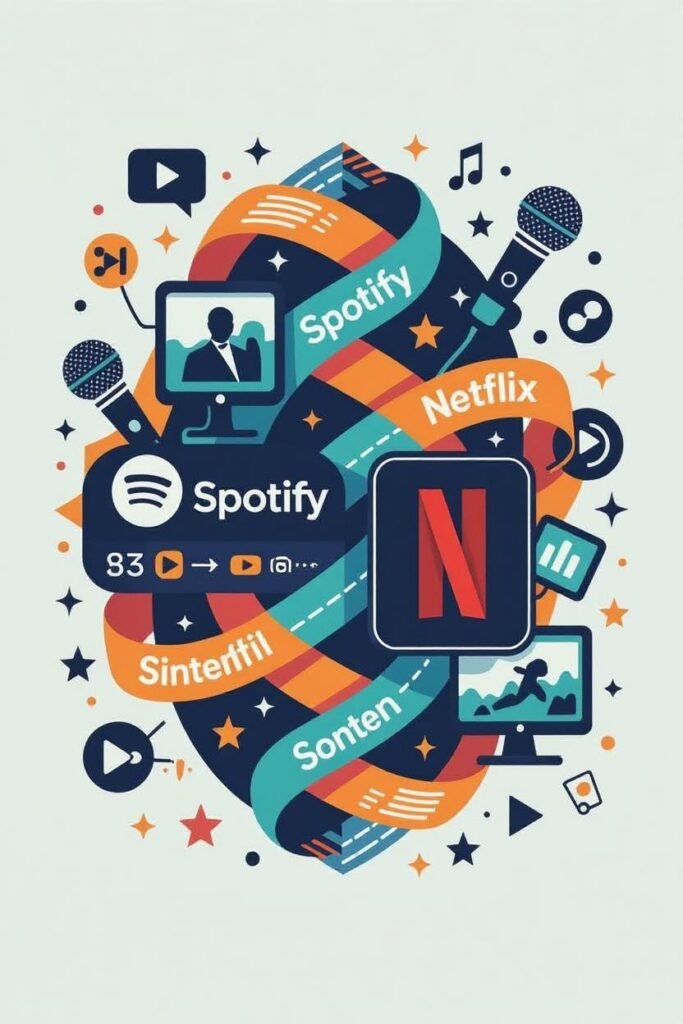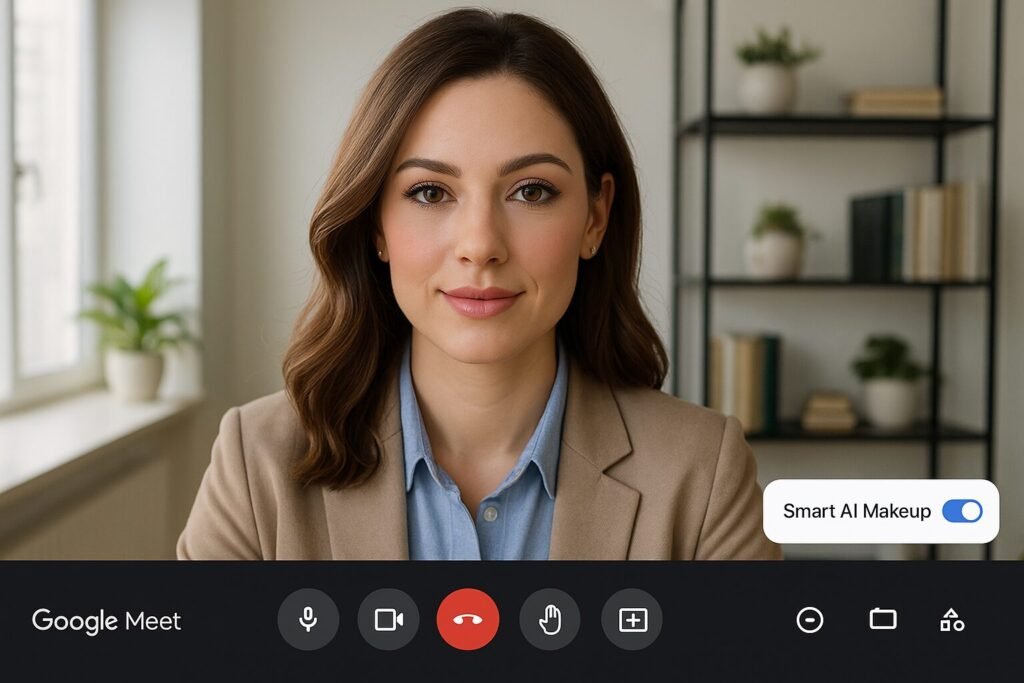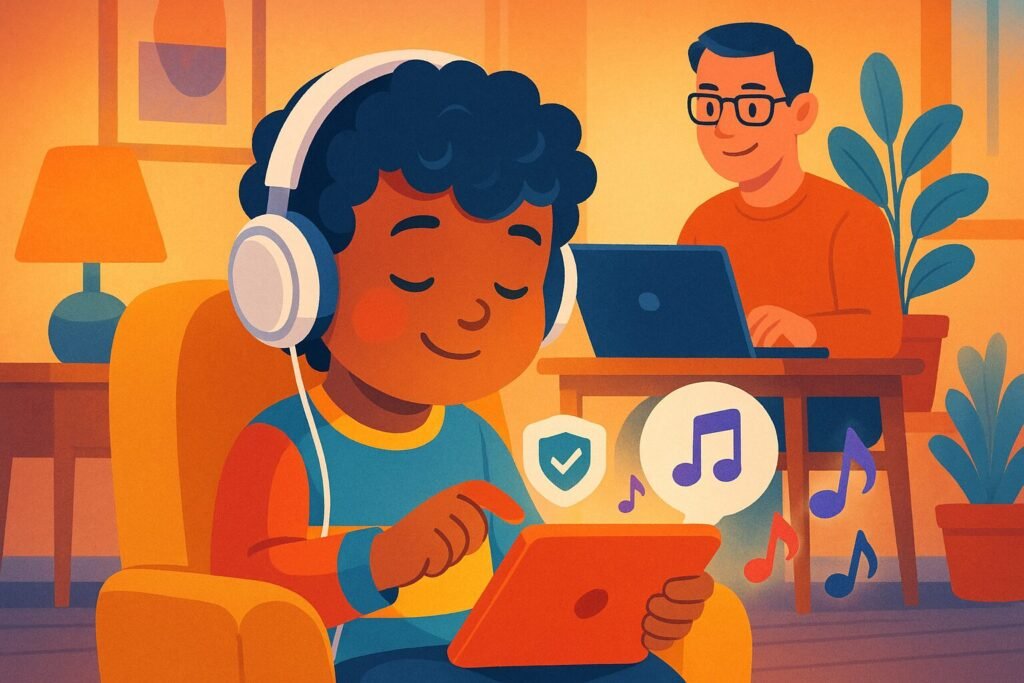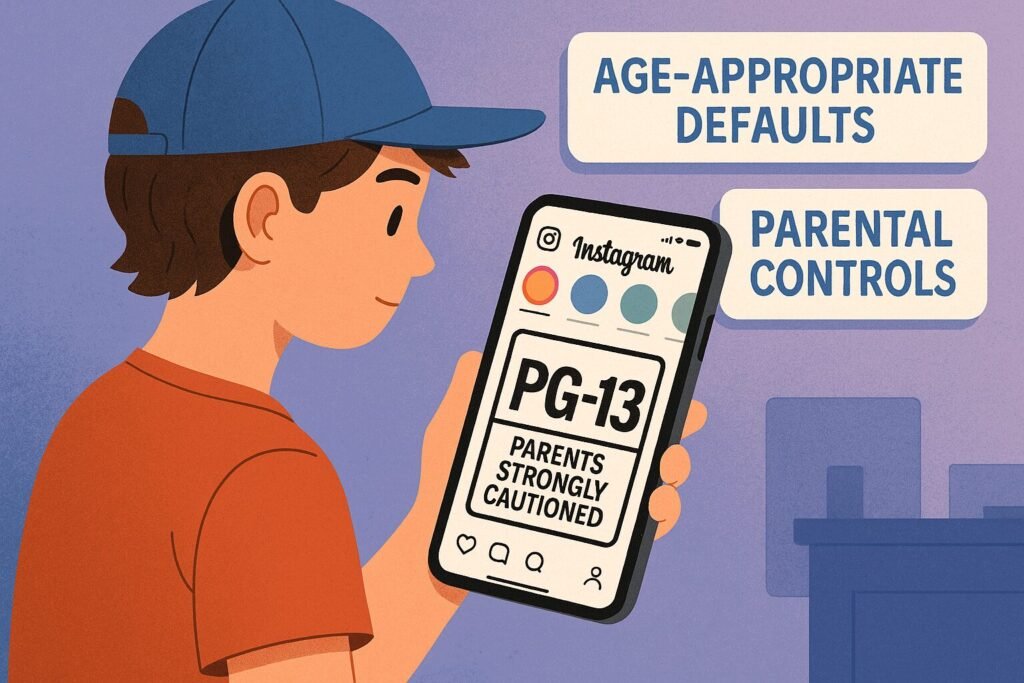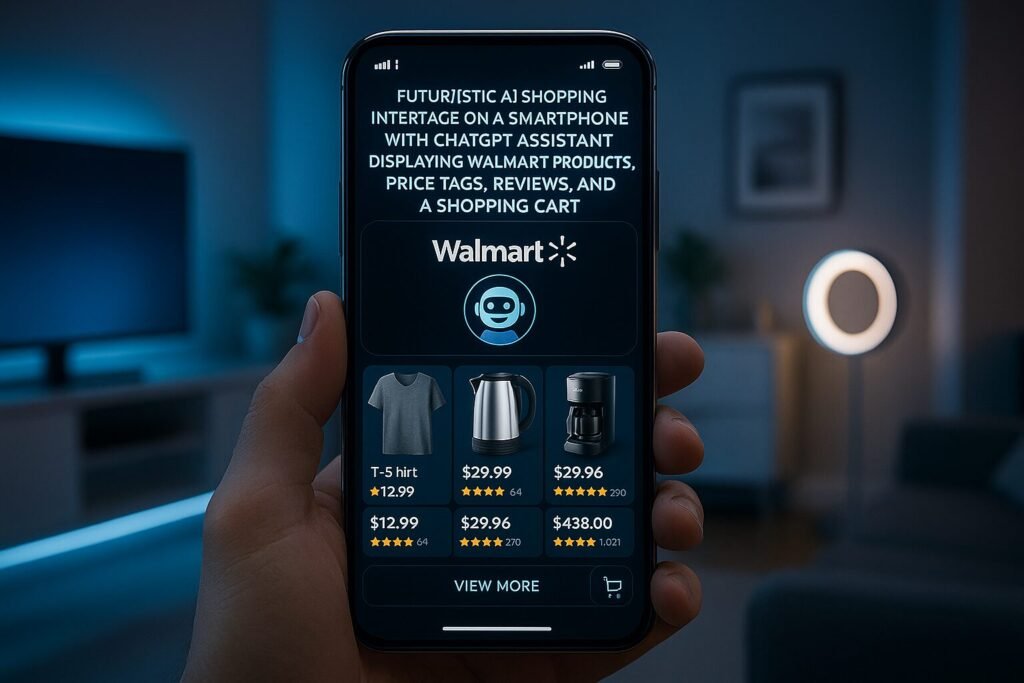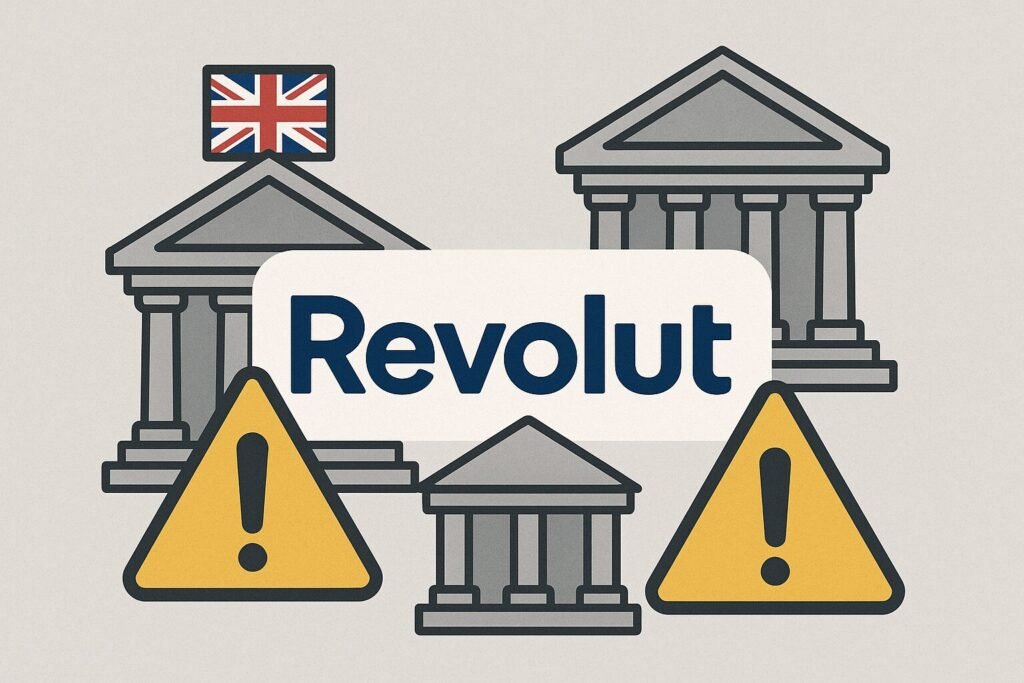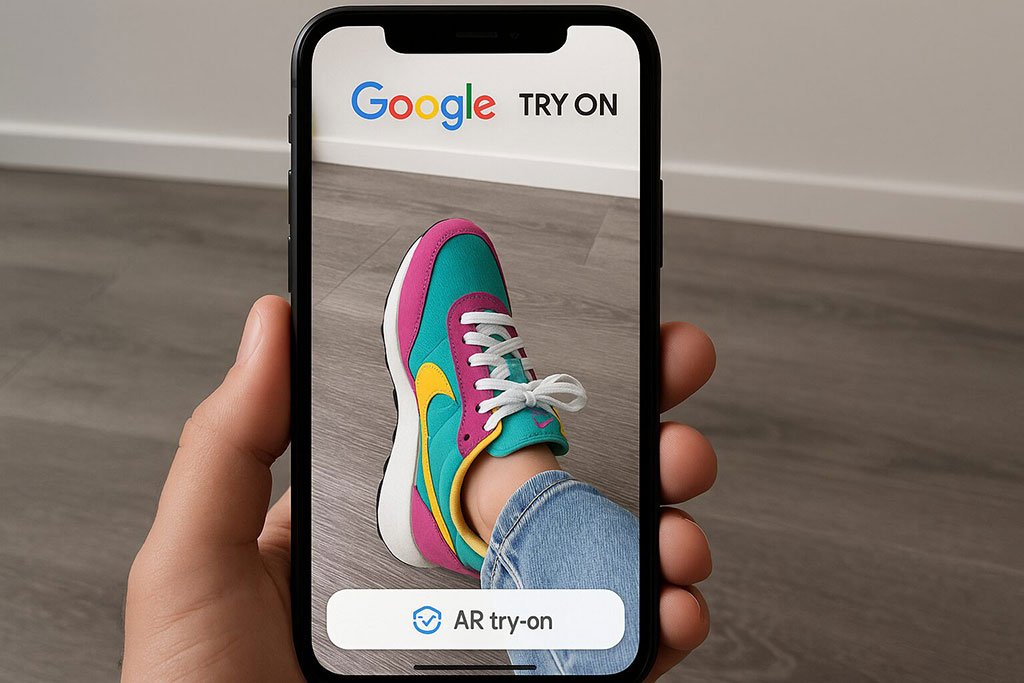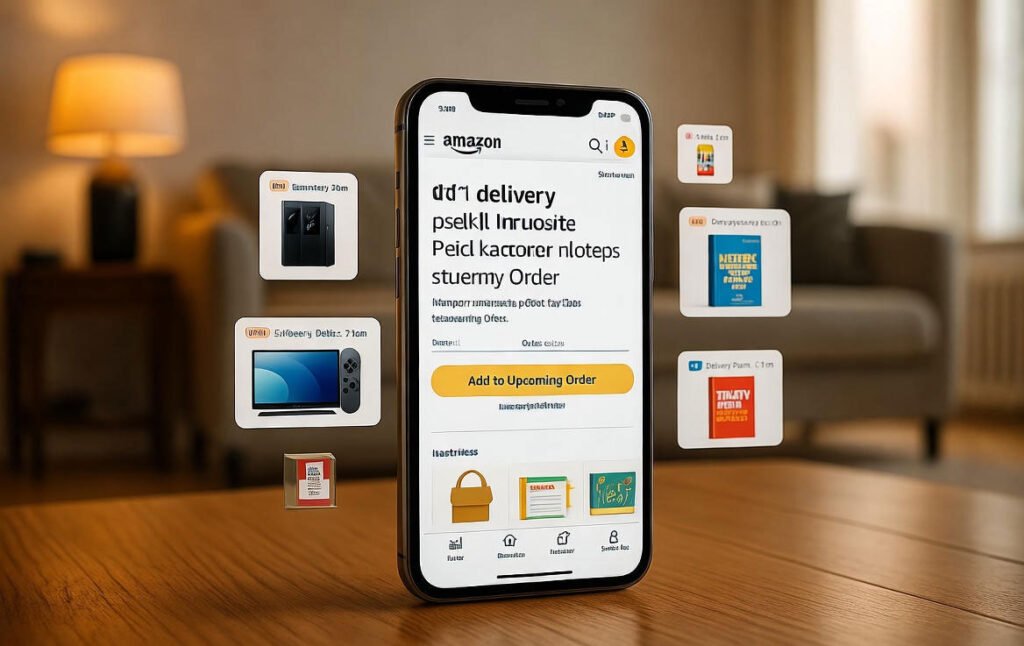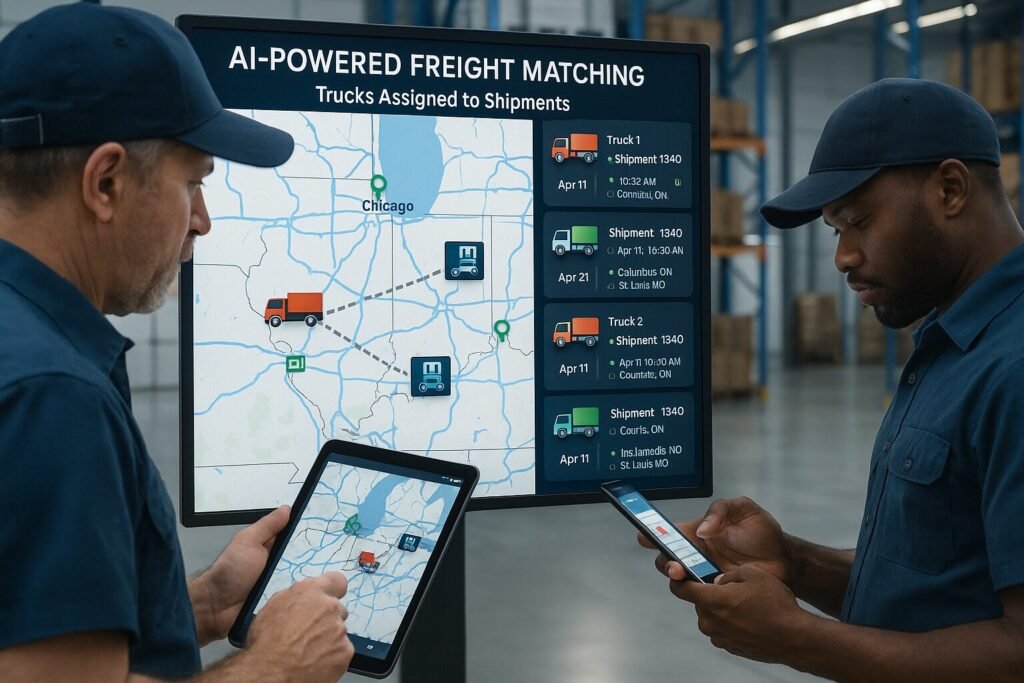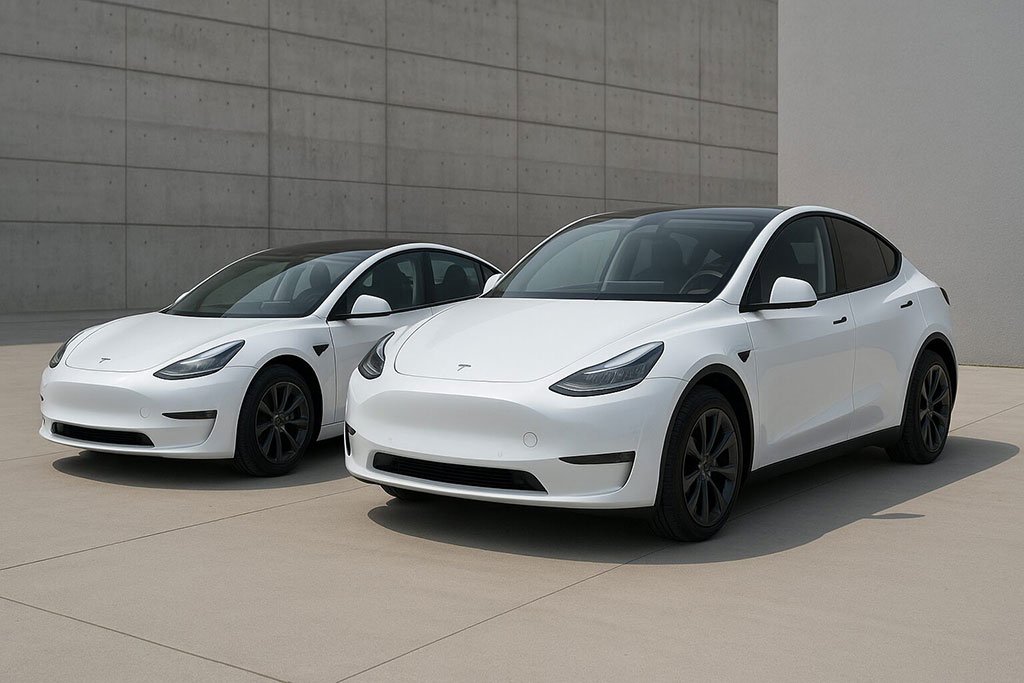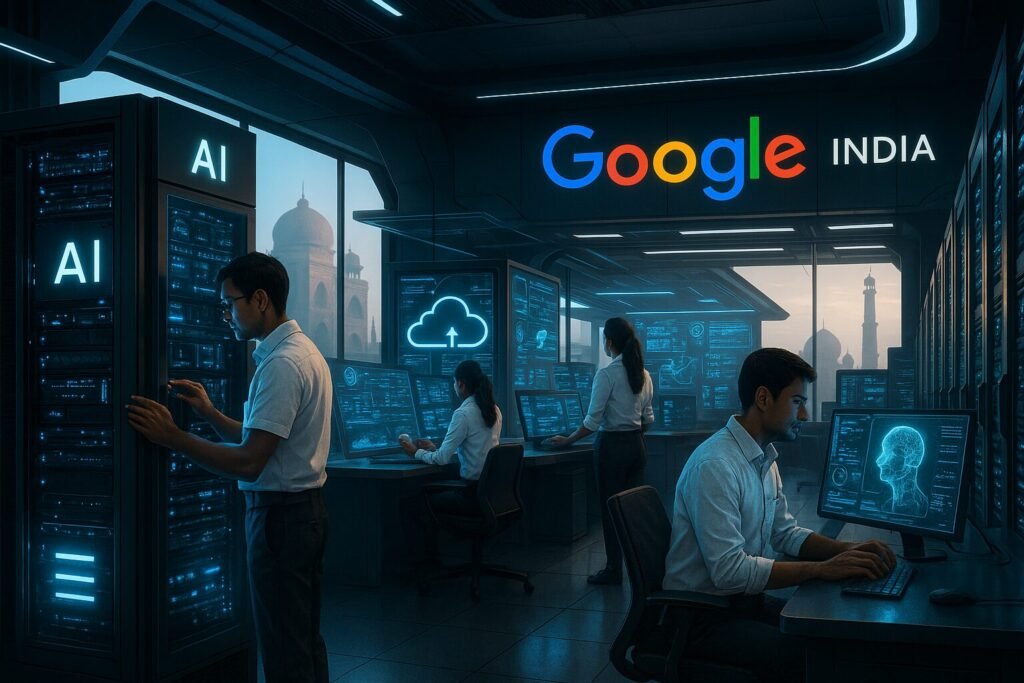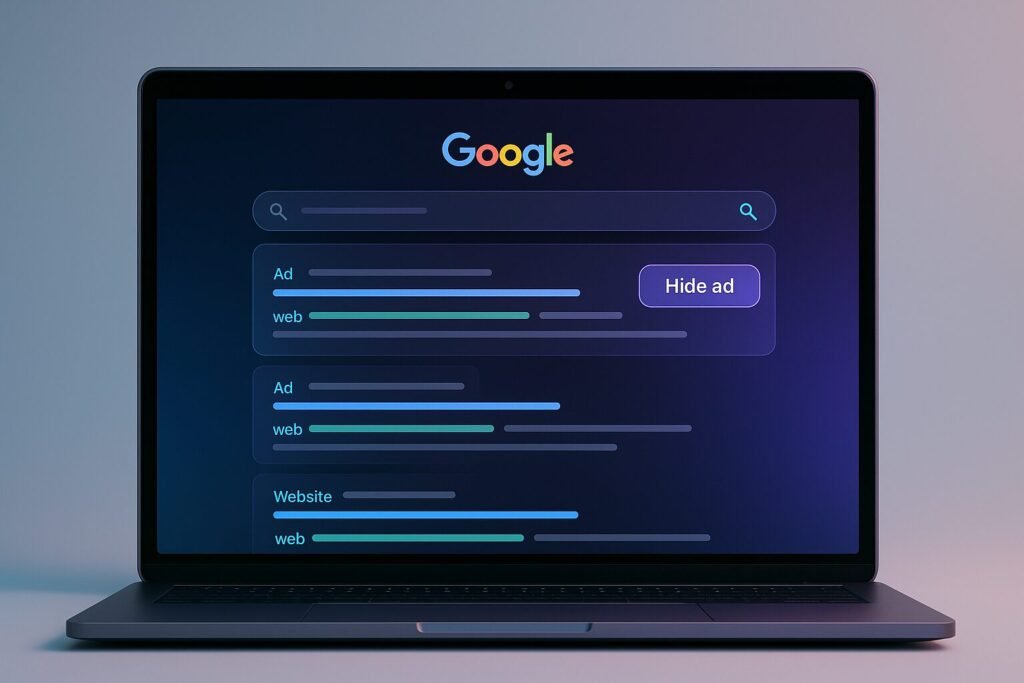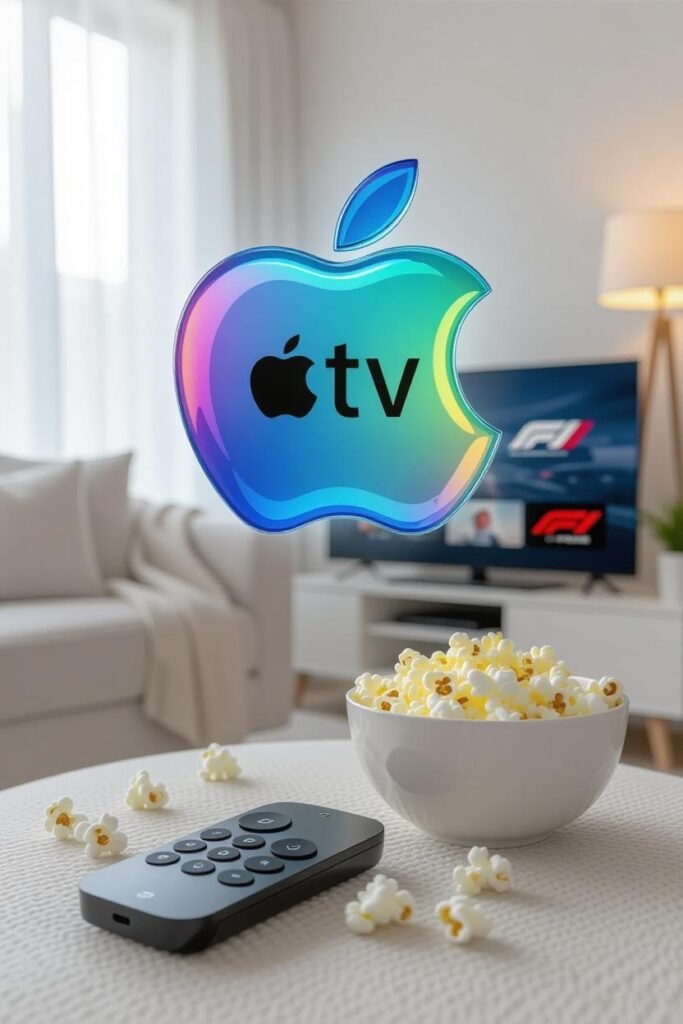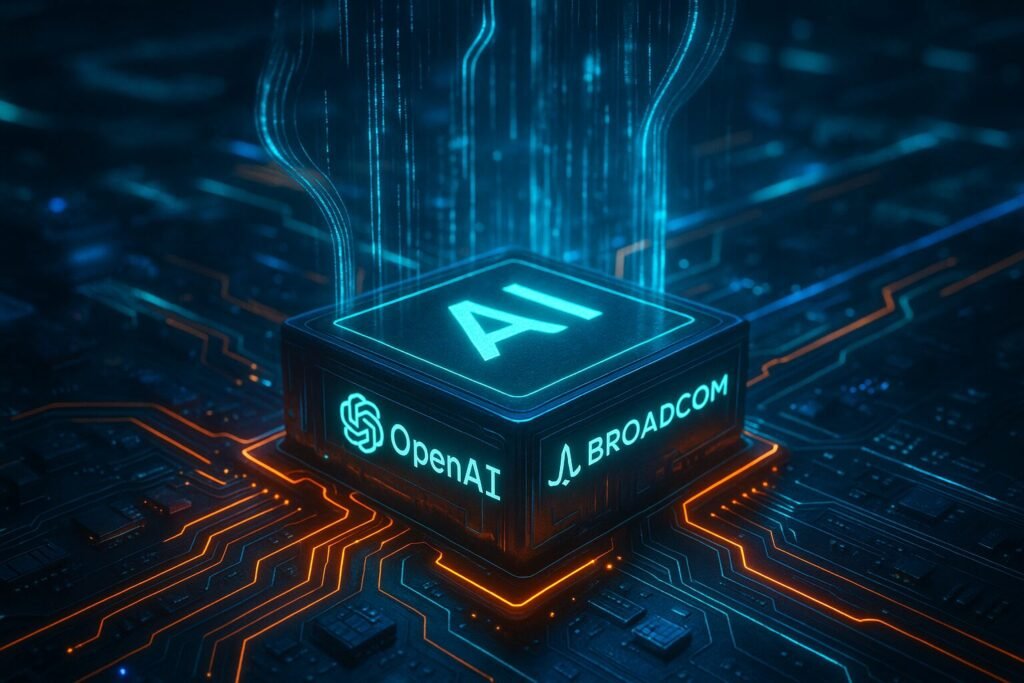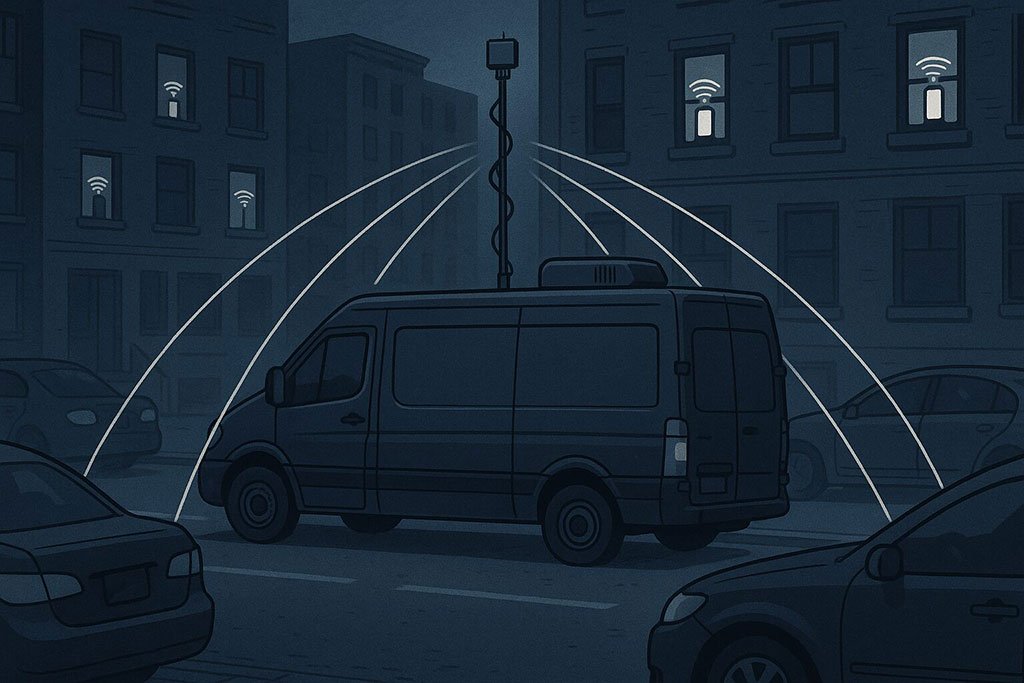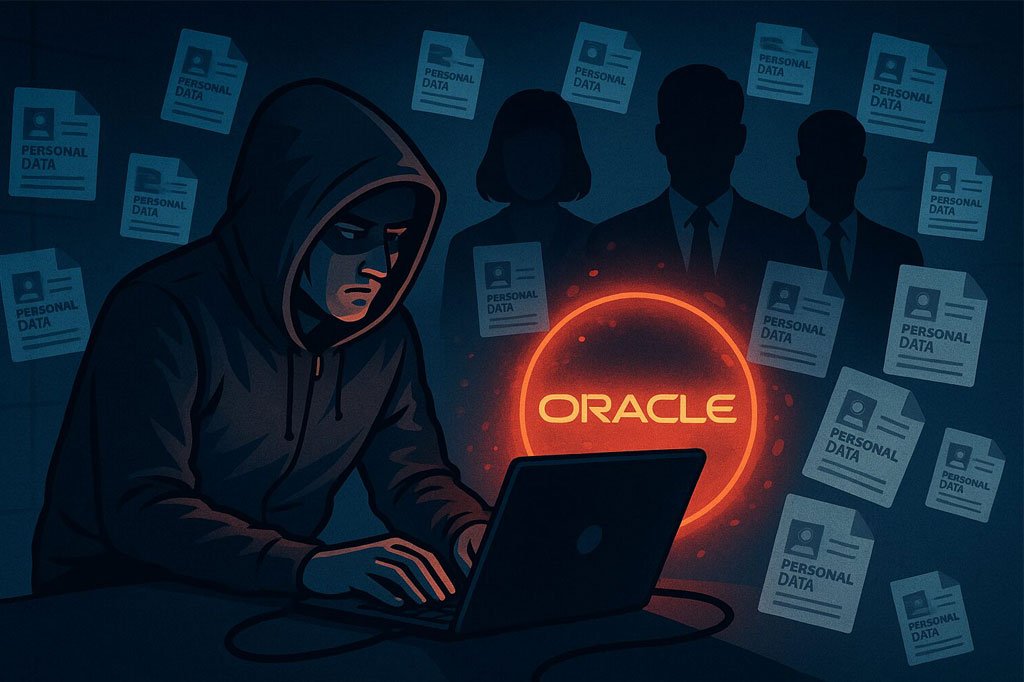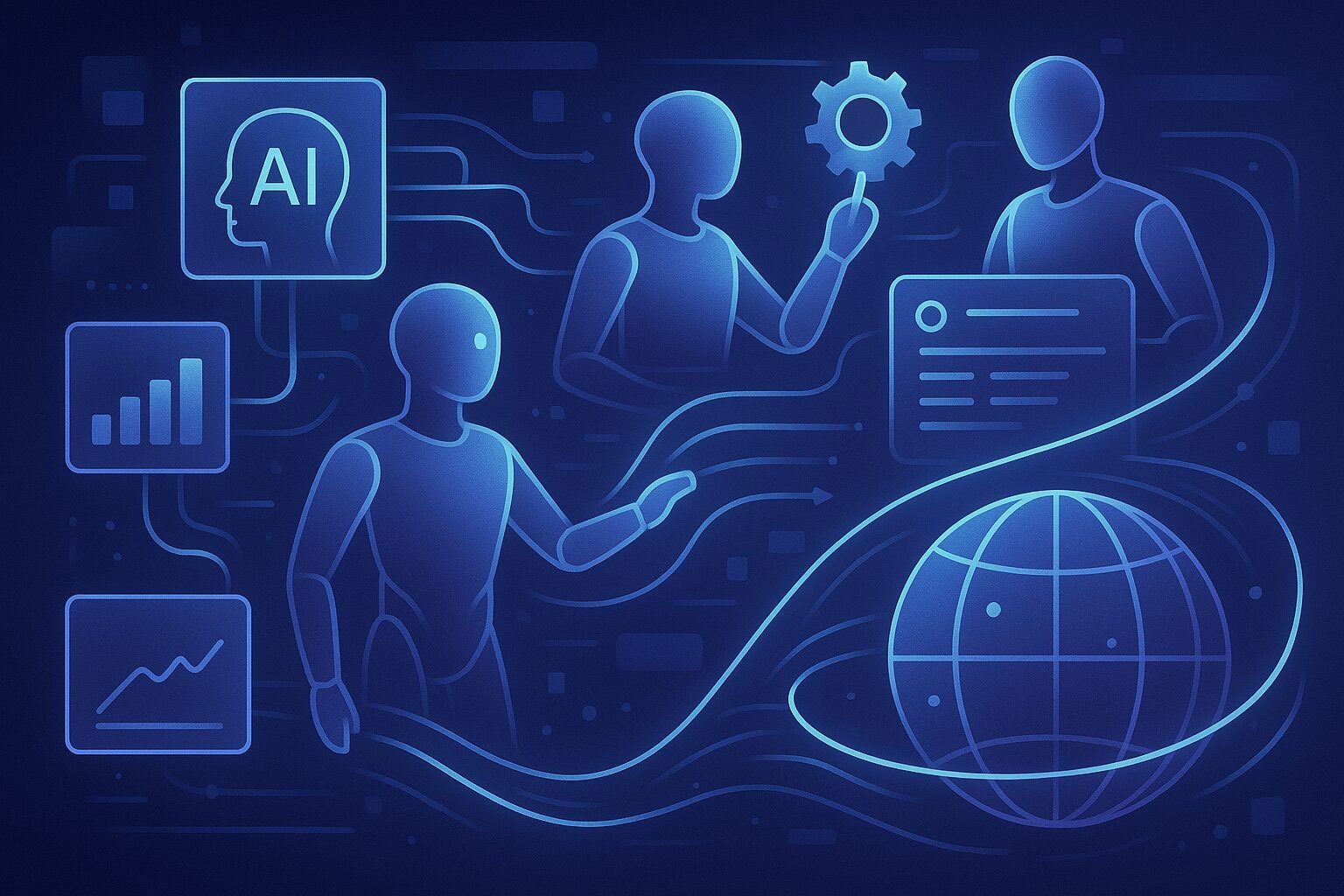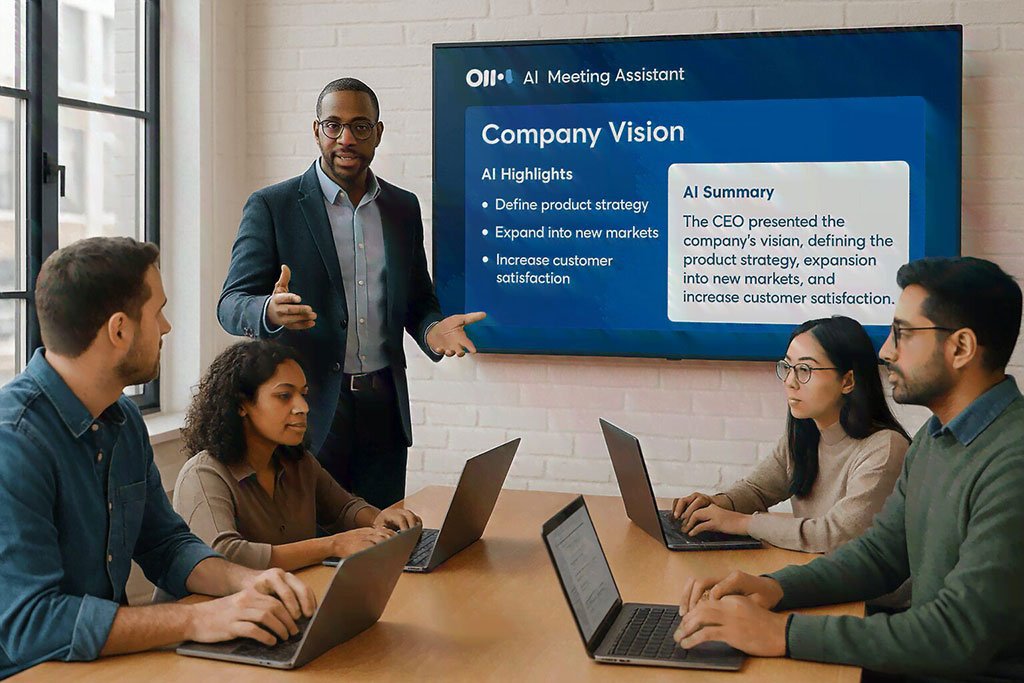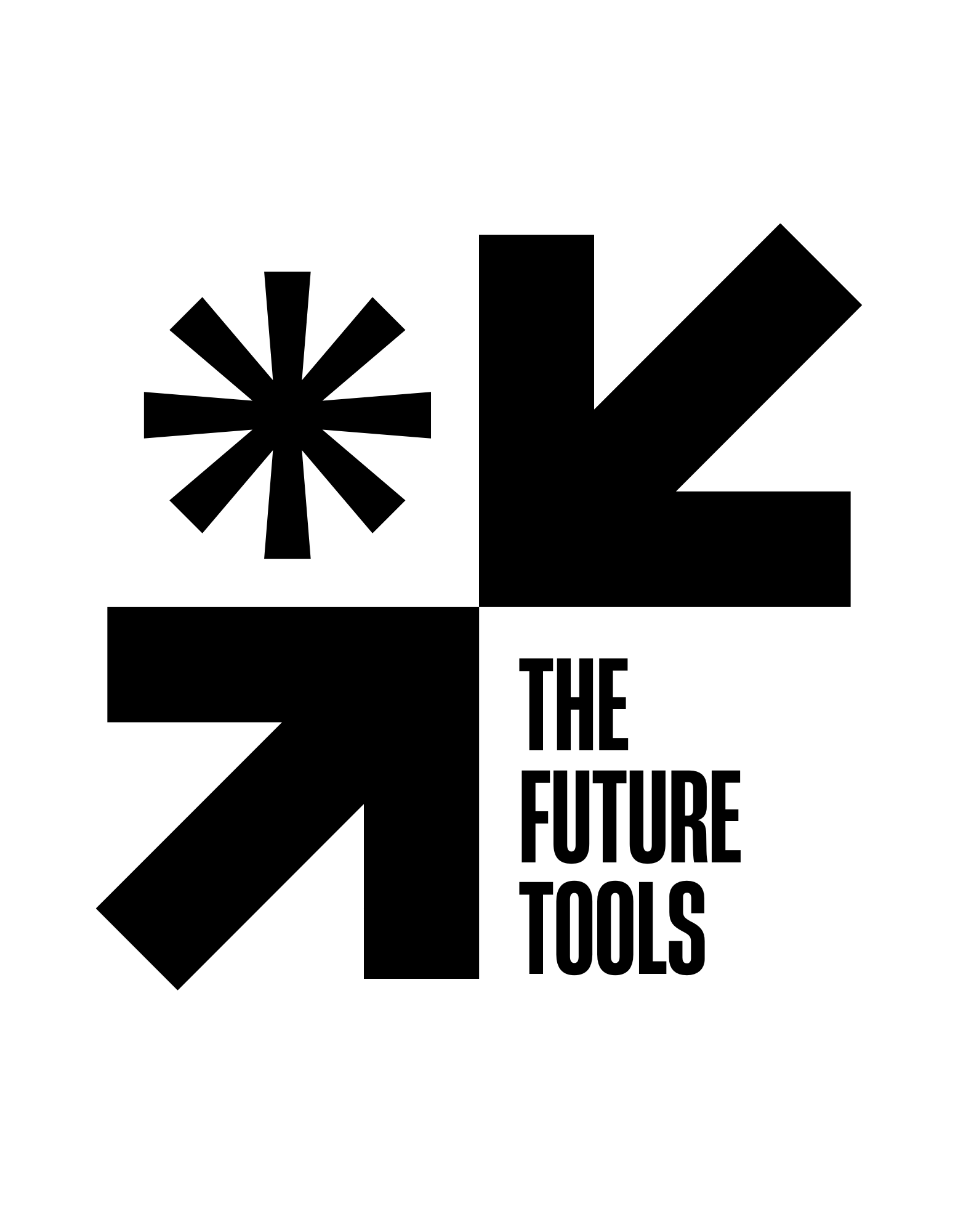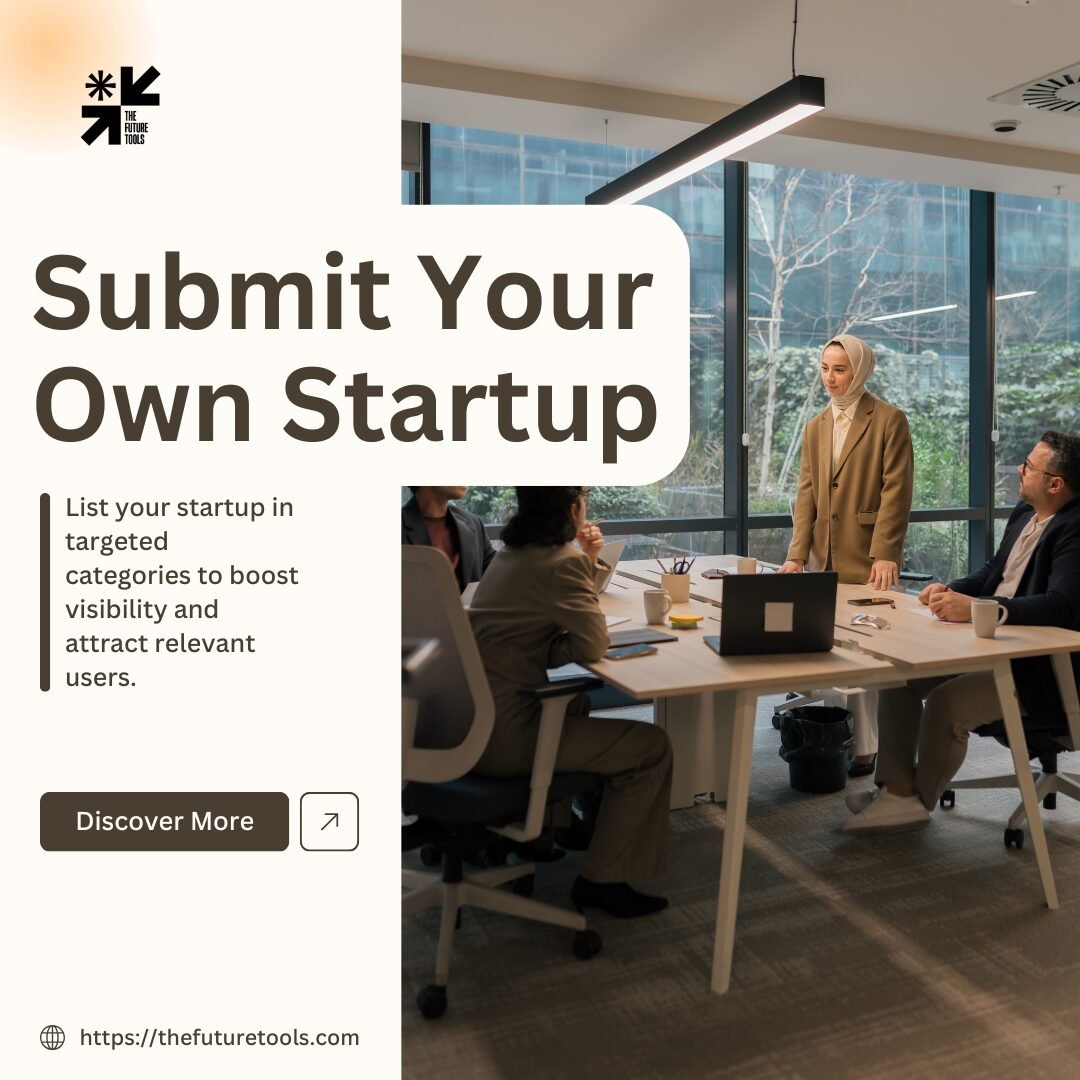Now Reading: Google Expands AI Vibe-Coding App Opal to 15 New Countries
-
01
Google Expands AI Vibe-Coding App Opal to 15 New Countries
Google Expands AI Vibe-Coding App Opal to 15 New Countries
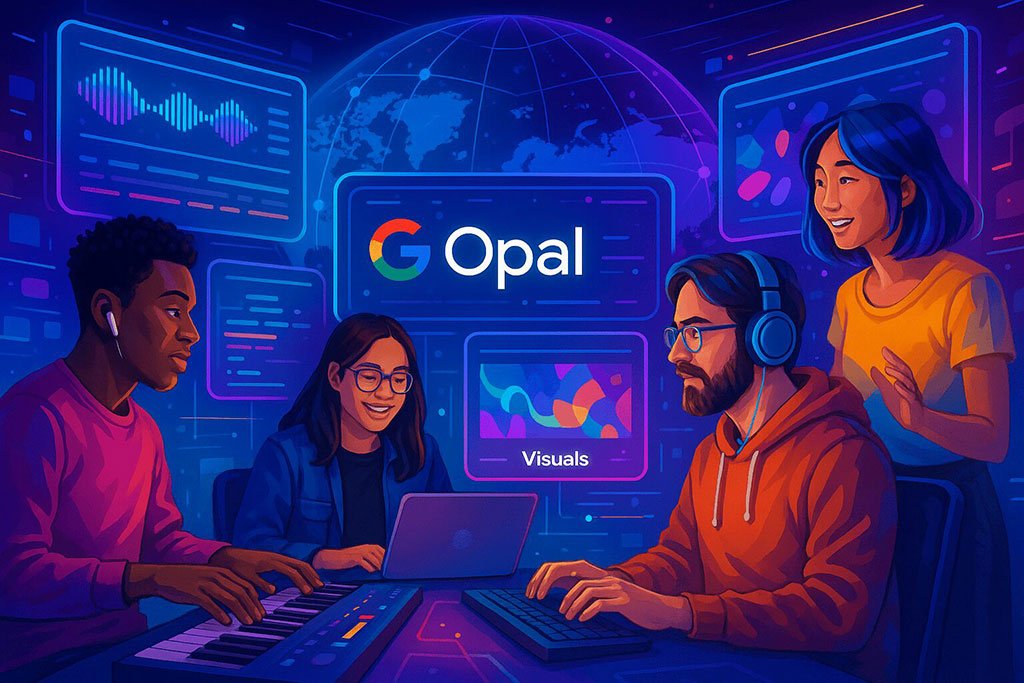
AI Meets Creativity
Creativity has always been a uniquely human pursuit, yet artificial intelligence is now redefining the landscape. Google’s Opal, an AI-powered vibe-coding app, is at the forefront of this transformation. By combining music, visuals, and code, Opal allows creators to generate content that is both expressive and technically sophisticated without needing years of training in coding or music theory.
Recently, Google expanded Opal to 15 new countries, a move that reflects not only the company’s ambition but also the surging global demand for AI-assisted creative tools. For creators—whether musicians, visual artists, or coders—this expansion opens doors to experimentation, collaboration, and innovation on a global scale.
In this article, we explore what Opal is, how it works, why the expansion matters, real-world examples of its use, industry perspectives, and potential limitations.
Understanding Opal: AI-Powered Vibe-Coding
What Is Vibe-Coding?
At its core, vibe-coding is a creative methodology where “vibes”—defined by mood, tone, or aesthetic—serve as inputs for AI to generate outputs across multiple mediums. Opal takes this concept further by enabling creators to code their vibe, transforming abstract ideas into music, visuals, and interactive code.
Instead of traditional programming, where syntax and technical skill dominate, vibe-coding guides the AI to produce outputs aligned with the creator’s intention, making the creative process more intuitive.
Imagine a digital artist in Tokyo wants to create an interactive light installation reflecting the city’s neon energy. By inputting “vibrant neon, urban rhythm, energetic vibe,” Opal generates real-time visuals, patterns, and even accompanying soundscapes.
Key Features of Opal
-
Mood-driven coding: Users define the “vibe,” and Opal generates outputs aligned with the theme.
-
Multimodal creativity: Music, visuals, and interactive code come together seamlessly.
-
Collaborative environment: Multiple creators can co-design projects in real time.
-
Templates & AI guidance: Beginner-friendly templates for inspiration, alongside advanced AI tools for professionals.
By bridging technical expertise and creative expression, Opal empowers creators to focus on ideas rather than execution, saving time while boosting innovation.
Global Expansion: Why It Matters
15 Countries, Global Reach
Google’s decision to expand Opal to 15 additional countries is strategic. These regions include Europe, Southeast Asia, and Latin America, areas with thriving creative economies and rapidly growing AI adoption.
This move also aligns with broader global trends. AI creativity tools are no longer niche products—they are becoming essential for content creation across industries, from music production to marketing and education.
Why this matters: Creators in these regions now gain access to tools that can accelerate projects, enhance experimentation, and foster collaboration across borders. It’s a democratization of AI-assisted creativity.
Market Demand for AI Creativity Tools
Research indicates a strong appetite for AI creativity tools worldwide:
-
According to Statista 2025, AI tool adoption among creative professionals increased by 38% year-on-year.
-
Gen Z and Millennial creators are among the fastest adopters, particularly in music, digital art, and interactive media.
-
Markets like India, Brazil, and Germany are leading in AI-driven content generation, reflecting a convergence of technology adoption and creative culture.
For businesses and startups, AI-powered creativity tools reduce production costs, accelerate ideation, and enhance output quality, making Opal a critical addition to the creative toolkit.
Real-World Applications
Music Production in Los Angeles
A music producer in LA recently used Opal to create background scores for short films. Traditionally, producing multiple versions of a track for client review could take weeks. Using Opal, the producer input mood descriptors such as “mysterious, cinematic, and suspenseful,” and the AI generated five unique track variations in under an hour. This accelerated the production cycle and allowed the producer to focus on artistic refinement rather than trial-and-error.
Interactive Art in Tokyo
Visual artists in Tokyo leveraged Opal to develop interactive gallery exhibits. By coding specific “vibes,” they created generative art installations that reacted to audience movement and ambient sound. The result was a dynamic, immersive experience that fused technology and creativity in a way previously achievable only with large development teams.
Educational Platforms & Startups
AI-powered creative tools like Opal are also gaining traction in education. Coding bootcamps and online creative courses use Opal to teach AI-assisted creativity, allowing students to explore complex concepts in music, design, and interactive media without steep technical learning curves. Startups are incorporating Opal to prototype new products quickly, iterate designs, and explore marketing campaigns with AI-generated visuals and audio.
Balancing Innovation and Limitations
Pros
-
Accessibility: Reduces technical barriers, enabling anyone to create sophisticated outputs.
-
Efficiency: AI accelerates workflows, freeing creators to focus on ideation.
-
Collaboration: Real-time multi-user functionality promotes team-based creativity.
-
Multidisciplinary Integration: Combines music, visuals, and coding in one platform.
Cons
-
Refinement Needed: Outputs often require human touch for professional polish.
-
Learning Curve: Users need to understand vibe-coding concepts.
-
Connectivity Dependency: Cloud-based processing may pose challenges in regions with slow internet.
-
Creativity Bias: AI may generate repetitive patterns without human intervention.
Understanding both the benefits and limitations helps creators set realistic expectations and maximize Opal’s potential.
Industry & User Perspectives
Industry Perspective
Opal represents a paradigm shift in creative industries. Studios, agencies, and freelancers are increasingly integrating AI into workflows to boost efficiency, experiment with new ideas, and reduce production costs. The expansion to new countries signals that AI creativity is no longer a luxury—it’s becoming a standard tool in the creative economy.
User Perspective
For individual creators, Opal is more than a tool—it’s a creative partner. Hobbyists, independent musicians, and visual artists can experiment without technical constraints, producing outputs that would have previously required collaboration with multiple specialists.
Global Trends
Opal’s expansion reflects broader trends:
-
AI is becoming a co-creator, not just a utility.
-
Digital content creation is increasingly data-driven and AI-enhanced.
-
Creativity is no longer confined by geography; global collaboration is easier than ever.
Statistics & Market Insights
-
40% of creative professionals plan to integrate AI tools in workflows by 2026 (McKinsey 2025).
-
AI-generated art sales surpassed $100M globally in 2024.
-
Gen Z creators represent over 50% of early adopters of AI creative tools.
These numbers illustrate the commercial and cultural significance of AI creativity platforms like Opal, confirming their growing impact on industries worldwide.
Stay ahead in AI-powered creativity—subscribe to our newsletter for exclusive insights, tutorials, and updates on AI tools shaping the future of content creation.
A New Era for Creators
Google’s Opal expansion is more than a software release—it’s a cultural moment. By enabling creators worldwide to leverage AI for music, visuals, and coding, Opal is democratizing creativity, accelerating innovation, and fostering collaboration.
For individual artists, creative teams, and startups, the app offers a new lens for ideation, where AI acts as both a facilitator and a co-creator. As AI continues to evolve, platforms like Opal will not only redefine how content is made—they will reshape how we think about creativity itself.
FAQs
-
What is Google Opal?
An AI-powered vibe-coding app that generates music, visuals, and interactive code based on mood or theme inputs. -
Which countries have access to Opal?
Google recently added 15 new countries across Europe, Southeast Asia, and Latin America. -
Do I need coding experience?
No, Opal’s AI guidance makes it beginner-friendly while offering advanced options for professionals. -
What can I create with Opal?
Music tracks, interactive visuals, AI-assisted code projects, and generative art. -
Is Opal free?
Opal offers a freemium model; advanced features may require subscription or credits. -
Can teams collaborate?
Yes, Opal supports real-time multi-user collaboration. -
What industries benefit most?
Music, digital art, education, creative startups, and multimedia production. -
Does it work offline?
Mostly cloud-based; some features may require internet connectivity. -
Can I commercialize Opal outputs?
Yes, under Google’s usage policy, outputs can be used commercially. -
How is Opal different from other AI creative tools?
It uniquely combines music, visuals, and coding in a single platform, enabling a holistic vibe-coding workflow.
Disclaimer:
All logos, trademarks, and brand names referenced herein remain the property of their respective owners. Content is provided for editorial and informational purposes only. Any AI-generated images or visualizations are illustrative and do not represent official assets or associated brands. Readers should verify details with official sources before making business or investment decisions.


